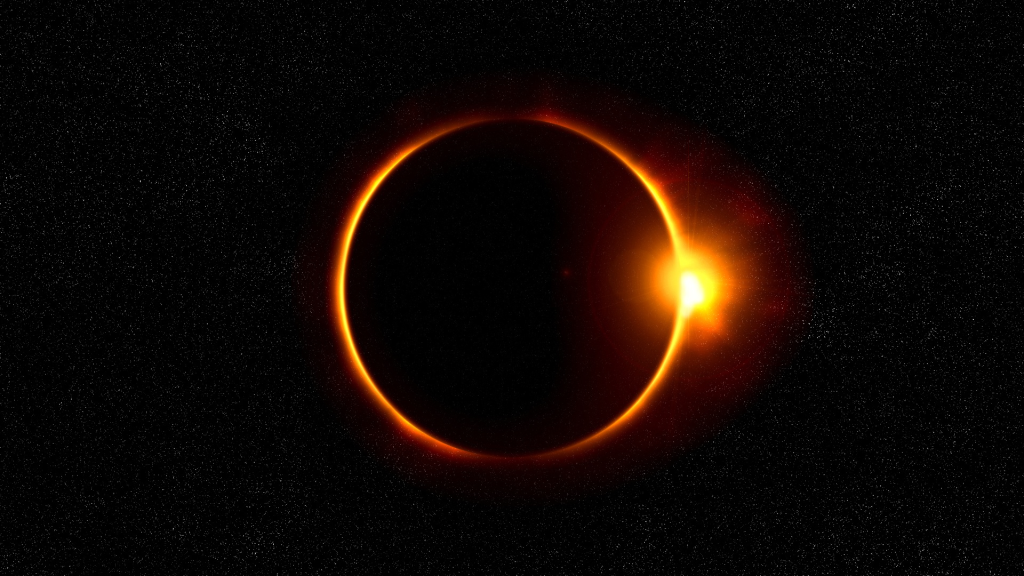Description
Our courses are asynchronous, meaning you never need to be at your computer at any specific hour. More information about how these classes are conducted is available here.
After placing your order, your course will be added to your personal course library on our education site. That site has different login information from the main EFA site. Please check your email for information on how to access the course.
If this session is full or the dates don’t work for you, join the waitlist to be informed of last-minute openings and future sessions.
Science editors work with science writers to communicate specialist information to non-specialist audiences. They educate the public about the importance of scientific results, convince funding agencies to support proposed projects, and enlighten museum visitors about the meaning of new exhibits.
To succeed in the field of science communication, science editors must ensure that writers do more than just lay out the facts. Science communication must also attract the reader’s attention, hold that attention while conveying important information, and deliver on its promises to come to a satisfying conclusion.
In this six-week course, we’ll look to the worlds of journalistic editing, fiction editing, and academic editing for essential tools to ensure that a piece of science writing works from beginning to end. Through weekly assignments, you’ll put that advice into practice, with plenty of instructor feedback and peer discussion to guide you.
- Week 1 will cover common story structures and how they relate to “the ladder of abstraction.”
- Week 2 will explain how to hook the reader with an effective beginning.
- Week 3 will go over how to keep the reader engaged at the line and paragraph level with emphasis and clarity.
- Week 4 will examine how to help a writer develop their craft through editorial comments.
- Week 5 will show how to use details to sincerely elicit emotion.
- Week 6 will address making sure that a story delivers on its promises and finishes strong.
Weekly assignments should take less than an hour to complete (with opportunities for additional practice). The class will use a forum for discussions of readings, and will meet once over Zoom at the end.
This class is designed for science editors and aspiring science editors, though it may be helpful to any editor who works to translate specialist language used among experts into clear language accessible to a broad audience. It will be especially helpful to editors who edit shorter-form science writing, such as articles and museum exhibits, but almost every principle taught will also apply in editing book-length science writing as well. Copyediting and proofreading are separate skills that won’t be addressed in this course.
Required tools:
- Microsoft Word (preferred) or Google Docs
Viewing the introductory webinar, “Effective Science Editing: Lessons from Fiction and Academia,” isn’t required but may be beneficial.
Students in Kathryn’s other courses say…
I am a highly experienced editor—40+ years—and I think I got more value from this webinar than I did from my MA in nonfiction writing. —K.S.
As a science writer who hasn’t received formal writing training, this course really gave me a framework to understand why certain techniques or approaches that I use actually work, beyond “oh it just sounds better this way.” —L.H.
I enjoyed the practical nature and quantity of information presented, the effective use of examples, Ms. Jepsen’s engaging presentation style, and the depth of her knowledge and understanding of what makes for great science writing. —H.B.
This course is open to students at all levels.
Kathryn Jepsen (she/her) earned her master’s degree in journalism, with a focus on science writing, from Northwestern University. For the past 10 years, she has served as editor in chief of Symmetry, an online magazine about particle physics and astrophysics published by two US national laboratories. She edits speculative writing through Strange Visitor Editing Services.




